Description
The creator of the Polyvagal Theory explains the principles in simple terms that are accessible to all.
Since Stephen Porges first proposed the Polyvagal Theory in 1994, its basic idea—that the level of safety we feel impacts our health and happiness—has radically shifted how researchers and clinicians approach trauma interventions and therapeutic interactions. Yet despite its wide acceptance, most of the writing on the topic has been obscured behind clinical texts and scientific jargon.
Our Polyvagal World definitively presents how Polyvagal Theory can be understandable to all and demonstrates how its practical principles are applicable to anyone looking to live their safest, best, healthiest, and happiest life. What emerges is a worldview filled with optimism and hope, and an understanding as to why our bodies sometimes act in ways our brains wish they didn’t.
Filled with actionable advice and real-world examples, this book will change the way you think about your brain, body, and ability to stay calm in a world that feels increasingly overwhelming and stressful.
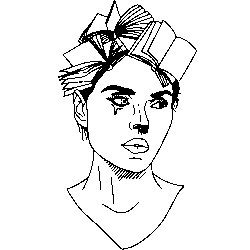
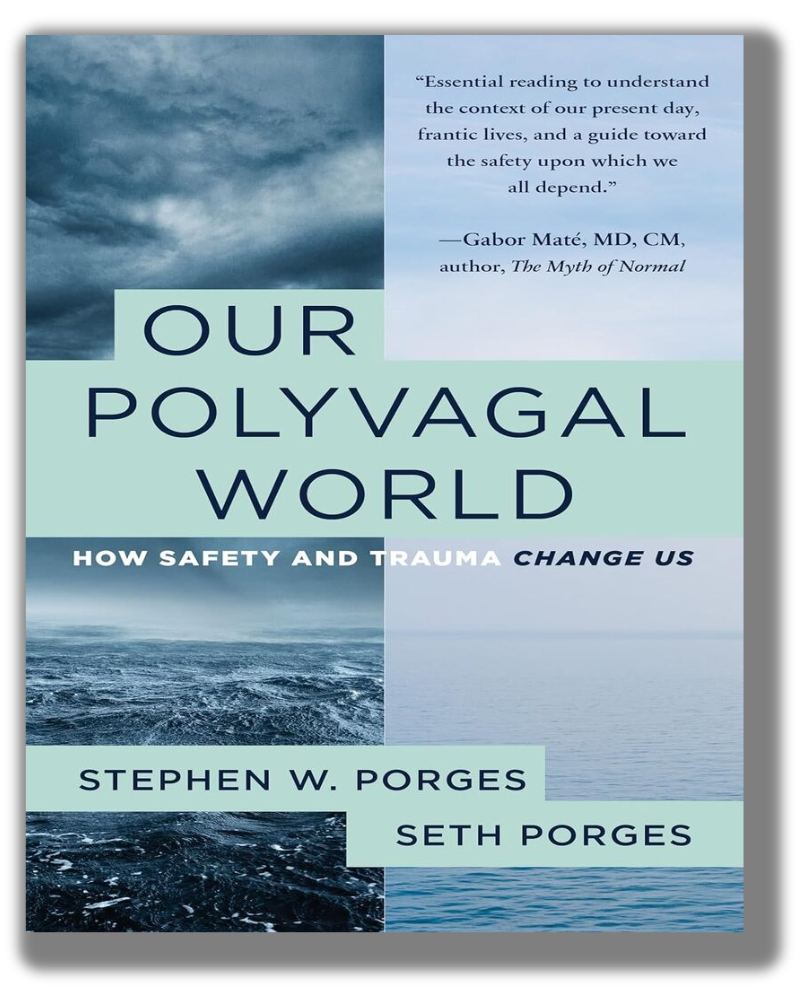

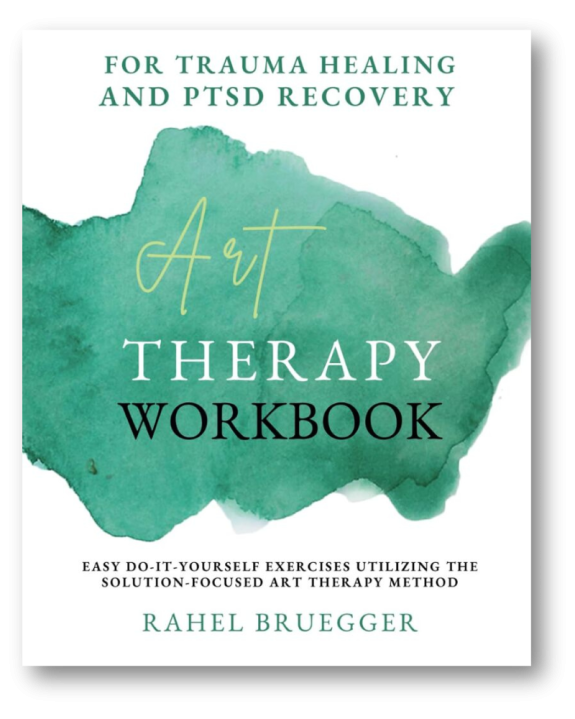

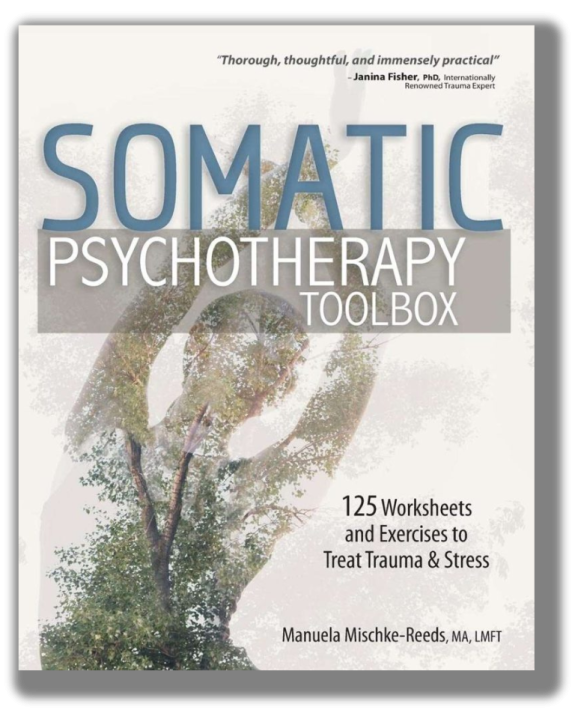
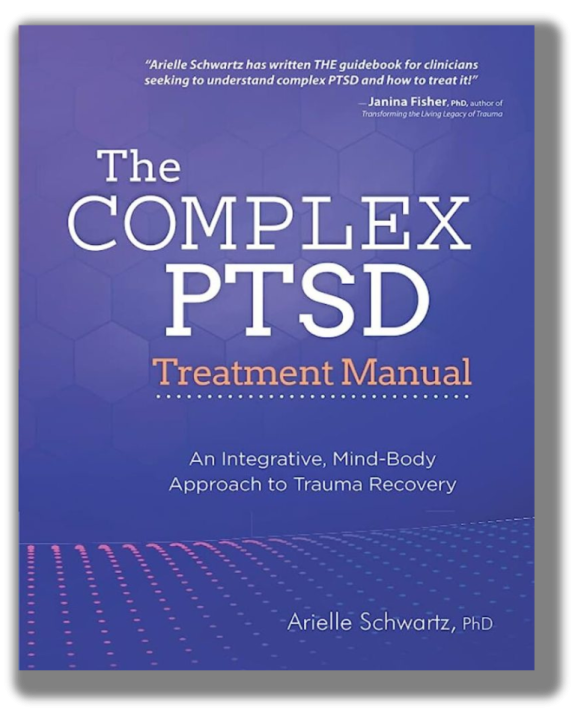
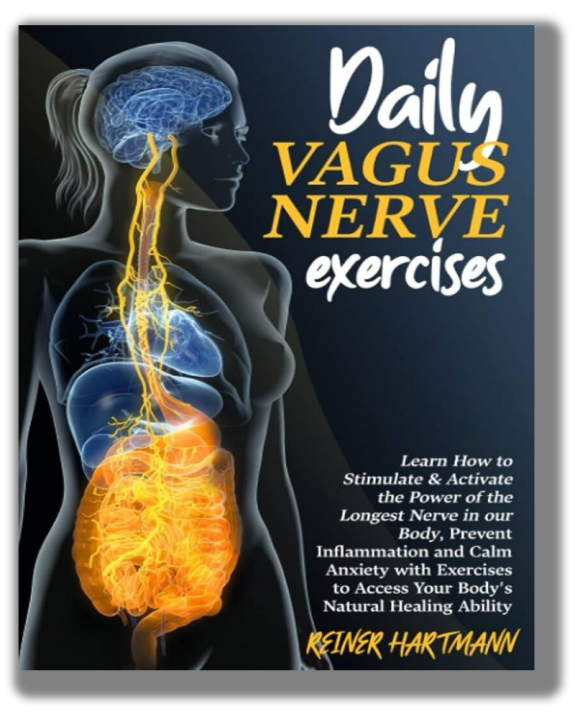
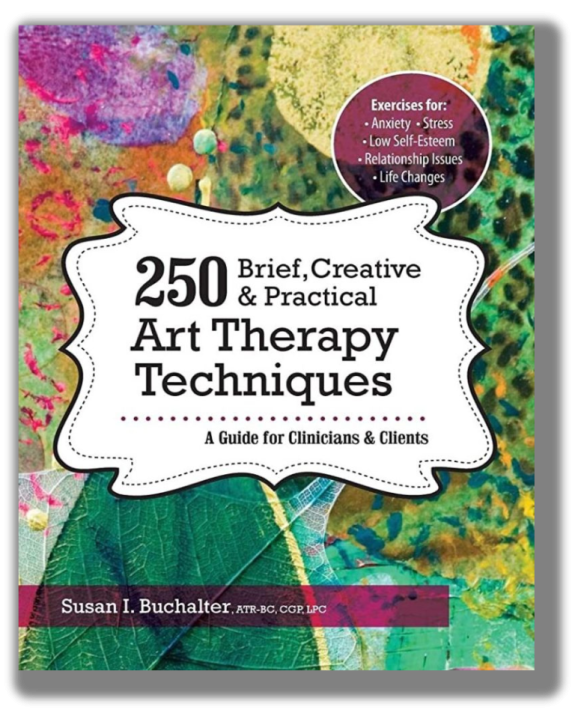
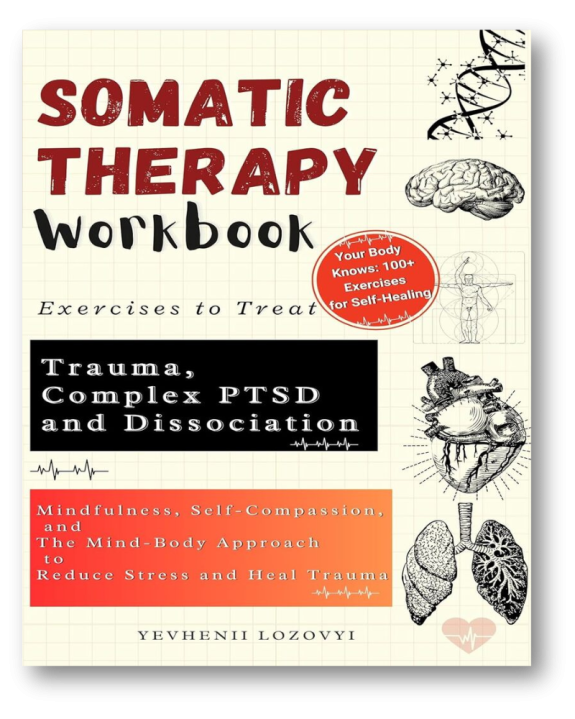
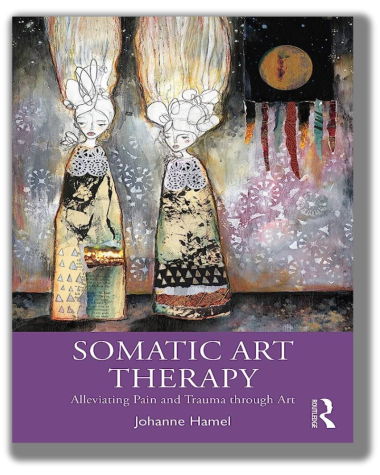
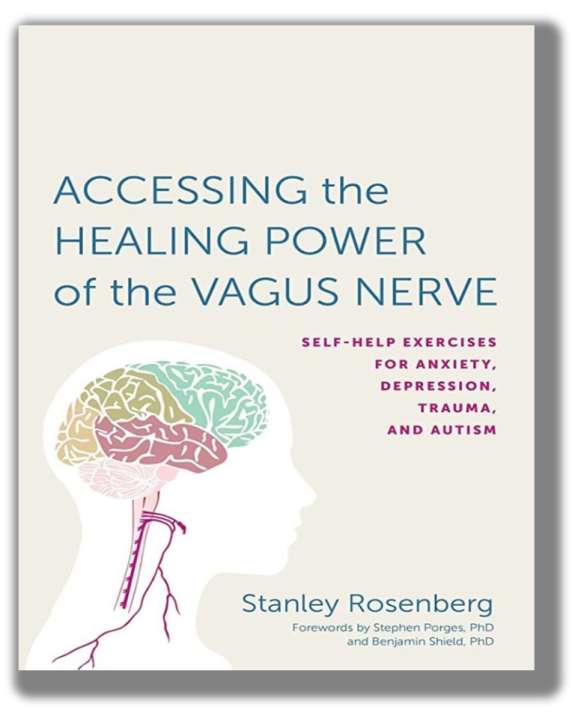

I bought this after listening to the authors talk with the host on ‘the good life project’ podcast. It’s a great way to see if the book is for you so have a listen.
So far I’m more than half way through the book. It is well written, though some political ideology comes through, it is easy to follow and understand what polyvagal theory is and how it plays a part in our lives. So far the only thing I have learned about helping to calm the nervous system is through some breathe work so maybe it is a long winded book to read to learn to just breathe in more deeply and exhale more slowly and long than your inhale. Over all a very interesting read.
I’ve heard about this bio theory over the past few years but never could fully understand it. Now, I do. Written for the layman with numerous examples. Fascinating to learn that mammalian evolution has several levels of “flight and fight” awareness and explains how it differs from person to person and how the vagal nerve system works. Recommended for social workers, therapists, teachers and others interested in human response and communication. I am, by the way, a distant cousin of the authors and have been aware of this area of research, but never really understood it. A worthwhile read for sure.
This book hits a great sweet spot – well-written and backed by dense research. It’s accessible for anyone but the thought and rigor that has gone into understanding its ideas are as deep as it gets. I’ve already ordered copies as gifts for several folks who will benefit from its fascinating teachings.
There’s a glut of books out there on trauma and its impacts but do yourself a favor and focus on this one. It’s a refreshing, smart perspective on a topic that too often ends up in self-help fluff.
I’ve read all of the major books on trauma, listened to the podcasts, watched the YouTube videos, and have spent countless hours in therapy. Suffice it to say, this isn’t my first time at the “self-help” rodeo.
It’s not that those things weren’t beneficial, I’ve just never connected with a book the way I did with Our Polyvagal World. It’s full of information that I hadn’t heard before and the theory, science, and biology behind the vagus nerve resonated with me as it makes more sense for my, uh, flavor of trauma.
Since reading this book I have been able to acknowledge, process, and benefit in ways that I hadn’t been able to before.